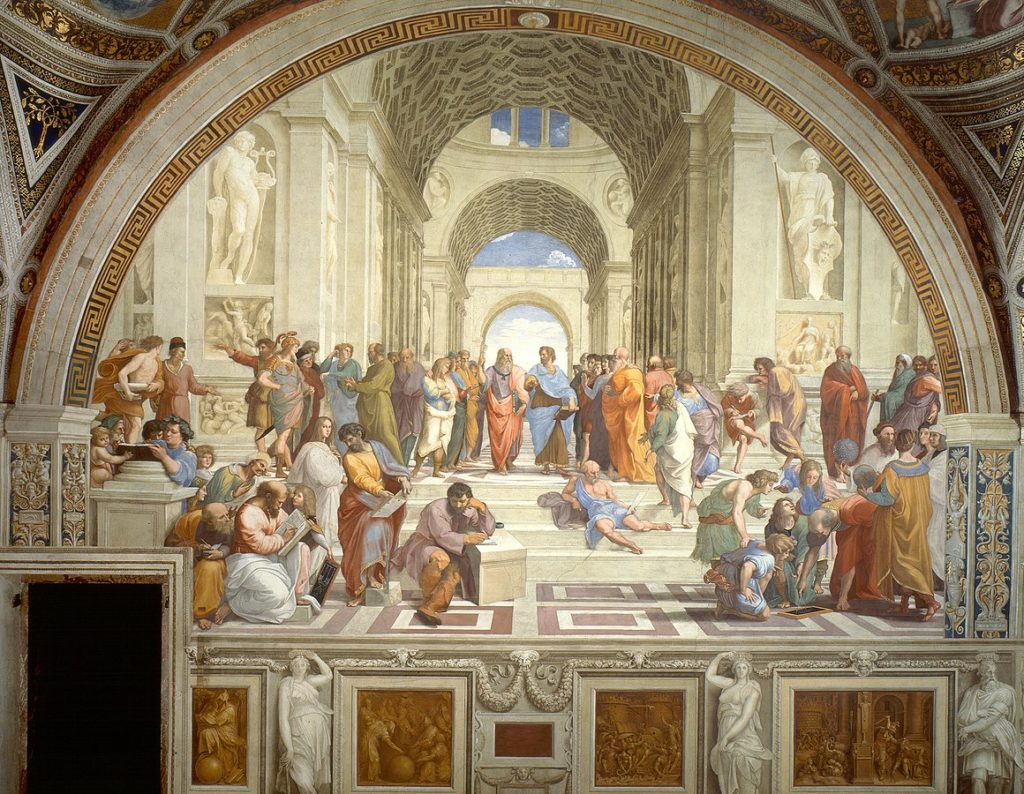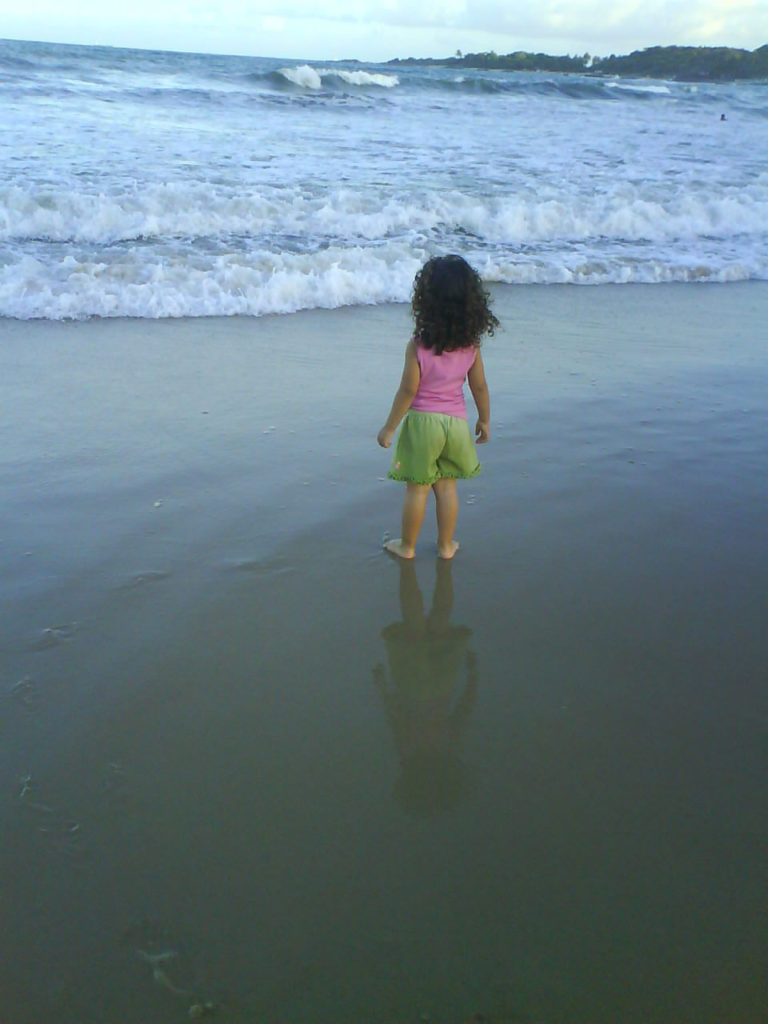
The purpose of education is two-fold, first to provide young people with the skills needed to be effective participants in society and second to bring out the best in them in the same way a good cut and polish brings out the brilliance hidden in a rough uncut diamond. Transformational Education aims at changing the way the student sees himself and the world around him.
If we expect education to change the way people see themselves and the world around them, education itself must undergo a transformation.( Click here to read more about Transformative Experiences external link). At the Talk Shop, we believe there are five principles that talk about 5 changes that are important if education is to become a Transformative Experience.
- The Change from Verbal to Experiential
- The Change from Mass Produced to Individualized
- The Change from Teacher Centric to Learner Centric
- The Change from Short-term to Long-term
- The Change from Disconnected to Embedded
From Verbal to Experiential

Rich Learning: Learning involves engaging the senses. Not everything can be expressed in words. The philosopher, Immanuel Kant, in his book The Critique of Pure Reason (Brittanica), suggested that there are two kinds of knowledge, Apriori – that did not require any new experiences to understand (Eg: mathematical knowledge) and Aposteriori – learning that requires us to experience things. Since the experience of the beach (eg: the feeling of sand under your feet, the salty sea breeze and the roar of the surf) involves vision, touch, taste and sound, it is a much richer experience than reading about the beach or seeing a picture. Classroom learning is limited to Apriori learning, to talking about experiences we have in life and understanding them. But Apriori learning is built on top of the rich Apriori experiences we have. Today as children spend more and more time at home or in the classroom, they have fewer opportunities for Rich Learning. A high definition video and realistic sounds on a screen does not compensate for standing on the beach.
From Mass-Produced to Individualized
Middle Ages, when society became steeply hierarchical, with a few kings and lords at the top and masses of slaves and serfs at the bottom. Now the lot of most people, children included, was servitude. The principal lessons that children had to learn were obedience, suppression of their own will, and the show of reverence toward lords and masters. A rebellious spirit could well result in death.
Peter Gray, Psychology Today
Perhaps due to a cultural shift, we no longer value standardization of knowledge and today we have the tools for change. A couple of decades ago, learning depended on expensive books that few could afford. The classroom education emerged even before that when texts were copied by hand and the few that existed were guarded as treasures in libraries. Very few people (typically priests) had access to the texts themselves, most others had to listen to his interpretation (rendition) of the text. This is the kind of education that required students to go and attend lectures delivered by a learned man to an audience. Even today, libraries (and the number of volumes it holds) are an important measure of the quality of an educational institution, although few actually go the library when most of the content is available online.
It is now possible to acknowledge that each individual has different learning needs and that education ought to be flexible to address these needs. Problem-based learning does just that. The students is presented with a question or a problem to be solved and then he goes about acquiring the answers and skills he needs to solve them. Instead, standardized education puts the cart before the horse and a student spends a whole year trying to learn things without any idea what knowledge is relevant and what is not. At the end of the year, he is presented with the problems in the form of a standardized test. One doesn’t have to be a Cognitive Psychologist to see the futility of this approach.
From Teacher Centric to Learner Centric
If we agree that a problem-centric customized form of education is what the world needs. We cannot avoid the next step, that of redefining the Teacher-Student relationship. In the traditional classroom, the teacher was the source of learning. It was assumed that the teacher was smarter than her students and therefore what they bring to the class was not relevant. In a self-directed learning environment, the student actively participates in choosing what he wants to learn. In the new classroom, the students take responsibility for their own learning. In the traditional view, it was assumed that students were not in a position to choose anything because they did not know enough to make that choice.
However effective learning involves far more than the availability of texts. Students learn to interact with peers, make friends, etc. all important parts of learning. Teachers, too play an important social role that has a life long impact on the student. The first is to appreciate and encourage effort. This appreciation helps to shape behaviour through positive reinforcement. The other is to encourage the student to ask questions and find the right answers. In short, the teacher’s role is as a curator and facilitator, she is no longer the primary source of learning for students. Its all about greater participation from the students.
From Short-term to Long-term
When a child is in school, employment is perhaps 15 years in the future. It would be pointless to look at the current employment scenario and train them for that. Fifteen years later it would be a completely different skill set they need. Hence school education should focus on skills that have long term value. Just as important as learning basic concepts of reading writing and arithmetic, is to learn about managing emotions and relationships. Education provides a strong foundation for life, not just skills that would be useful for employment. On the other hand, it is important to remember that the most important source of learning for a child is not the school, but family and parents, followed by the larger community that the child is part of.
German language draws a distinction between vocational skills (Ausbildung) and education (Bildung). In fact, they have a third word, Erziehung, for the things we learn from family/upbringing (culture).
From Disconnected knowledge to knowledge that is Embedded in a Knowledge Ecosystem

In 1689, the philosopher, John Locke published an essay in which he said that the mind of young children is like a blank slate (Wikipedia). Today, three and a half centuries later, we still do not see much interest in understanding the knowledge that pre-exists in a student’s mind. Yet, we now know that children have very active minds and the notion that the inputs from the teacher go directly to some kind of store to be retrieved at some future date, is obviously untrue.
Any new knowledge a student acquires is embedded in a rich world of relationships and pre-existing facts and thoughts, and when new knowledge conflicts with existing knowledge, the new knowledge is rejected. Also, the relevance of knowledge is based on preexisting ideas. Cognitive Psychology talks of two methods to remember something. The first is through rehearsal (repetition). This method is useful when we need to remember something for a short while (short term memory), like a phone number that we need to write down. For longer-term retention, we use elaboration, a way to integrate the new knowledge with existing knowledge.
In short meaningful or relevant information is remembered much better and much longer than irrelevant and disconnected facts. If education has to have a long-term impact on a student, we need to pay close attention to what the student already knows.